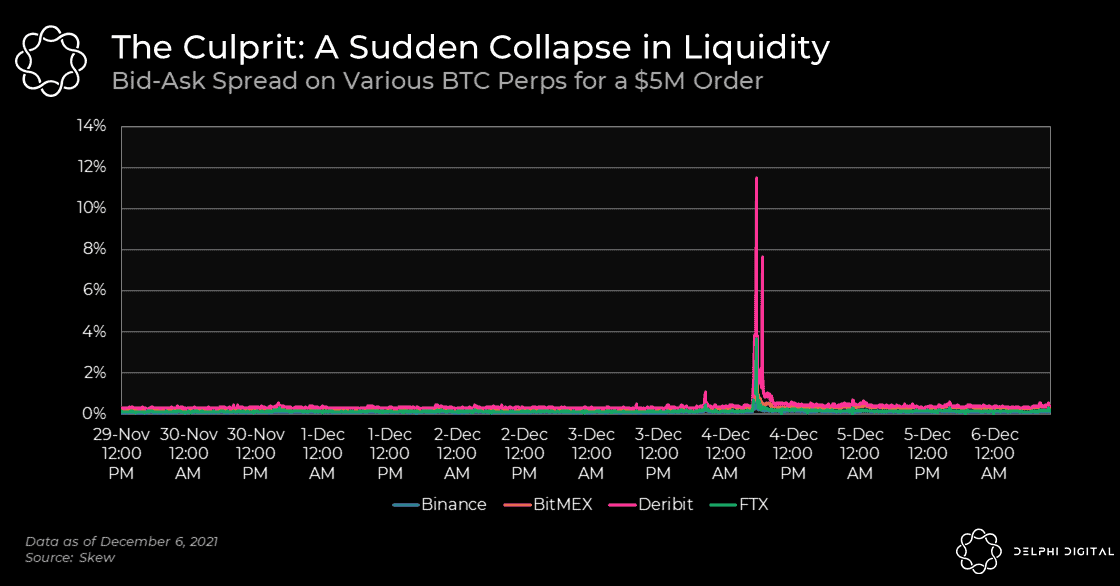The color green made a comeback to the market as the global cryptocurrency market cap rose 4.26% to $2.37 trillion at press time.
What Happened: The apex cryptocurrency, Bitcoin BTC/USD, rose 3.41% to $50,684.63 over 24 hours. For the week, it has fallen 11.85%.
Ethereum ETH/USD traded 4.33% higher over 24 hours at $4,336.46. Over the last seven days, it has fallen 3.27%.
Meme cryptocurrency, Dogecoin DOGE/USD was up 5.23% at $0.18 over 24 hours. For the week, it has plunged 18%.
DOGE rival Shiba Inu was up 6.36% over 24 hours at $0.00003763. Over the last seven days, it has declined 15.09%.
The token related to the peer-to-peer file-sharing network BitTorrent was the top 24-hour gainer, as per CoinMarketCap data. It spiked 33.41% to $0.003261 over 24 hours. For the week, it is up 1.64%.
Other notable 24-hour gainers were Bitcoin SV, Loopring, Polygon, and Avalanche. Bitcoin SV was up 23.04% at $146.81, Loopring gained 22.64% to $2.43, Polygon advanced 15.14% to $2.26, and Avalanche rose 11.17% to $93.53 in the period.
See Also: How To Buy Bitcoin (BTC)
Why It Matters: On Monday, CryptoQuant CEO Ki Young Ju shared a chart depicting the Exchange Whale Ratio (72 hours moving average). As per CryptoQuant, in a bull market, the ratio often keeps below 85%, while in a bear market or fake bull market it keeps above 85%.
I'm just going to leave this chart here.https://t.co/FuXnSFWMMl https://t.co/InxHaic3w8 pic.twitter.com/kcLd6xECvt
— Ki Young Ju 주기영 (@ki_young_ju) December 6, 2021
Ki had earlier pointed to the Exchange Whale Ratio touching 91% and said that Whales are depositing BTC to exchanges.
In a “post mortem” of last week’s “Flash Crash,” Delphi Digital attributed the events to “an utter collapse in market microstructure.”
“The bid-ask spread for a $5M order in perp markets ranges from 0.1% to 0.5% (on bad days). On this occasion, spreads for a $5M order momentarily rose as high as 2% on Binance, 4.2% on FTX, 4% on BitMEX, and 11% on Deribit.”

Chart Tracking Sudden Collapse In Liquidity — Courtesy Delphi Digital
The independent research boutique too pointed the finger at a “few entities” for the crash.
“For once, this calamity was catalyzed on spot markets, where a few entities market sold a large amount of BTC over a very short time period. In essence, these large sell orders ate through buy walls.”
This in turn caused an unwillingness on the part of market makers to extend liquidity for a brief amount of time until BTC bounced off the $42,000 level and that is when normality resumed.
“Alas, this was a short-lived liquidity crisis that escalated bearish overtones,” wrote Delphi Digital in an emailed note.
Craig Erlam, a senior analyst at OANDA, noted that whatever the cause of the crash BTC could still remain “vulnerable” in the near future as it struggles to track other risk instruments higher on the day. Notably, his comments were made when BTC was trading under $50,000 levels.
The analyst noted that “Bad news on Omicron could really put [Bitcoin] under pressure.”
Meanwhile, Simon Dedic, the managing partner at Moonrock Capital, a London-based blockchain advisory and investment partnership firm tweeted that the fundamentals of BTC and ETH have not changed.
The fundamentals on $BTC, $ETH and alts haven't changed.
— Simon Dedic (@scoinaldo) December 6, 2021
They just got cheaper.
Bullish.
Read Next: Bitcoin Reigns Supreme, Still Accounts For 46% of the Total Value of Crypto Markets: Survey
Edge Rankings
Price Trend
© 2025 Benzinga.com. Benzinga does not provide investment advice. All rights reserved.
Trade confidently with insights and alerts from analyst ratings, free reports and breaking news that affects the stocks you care about.